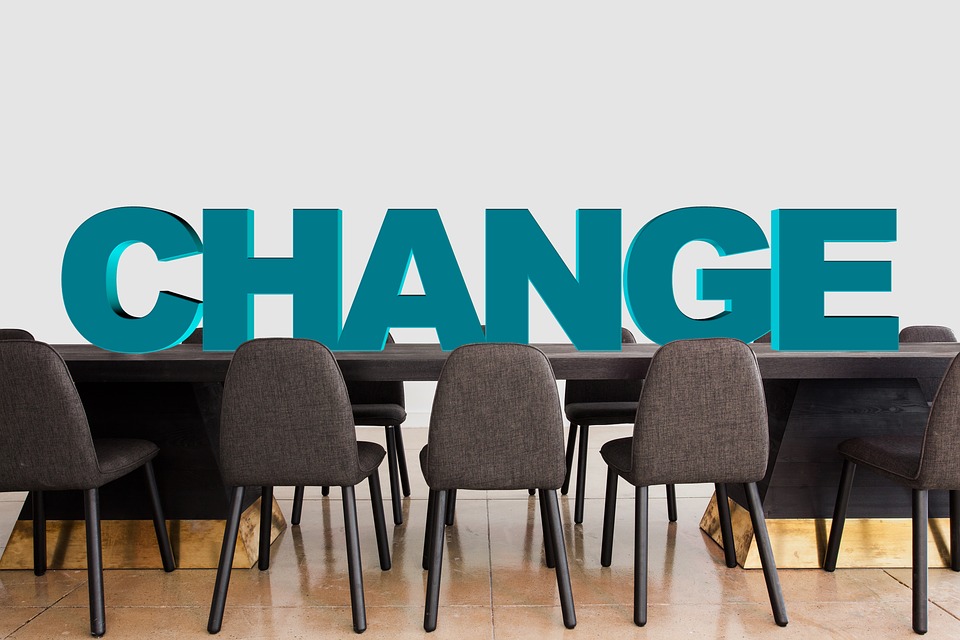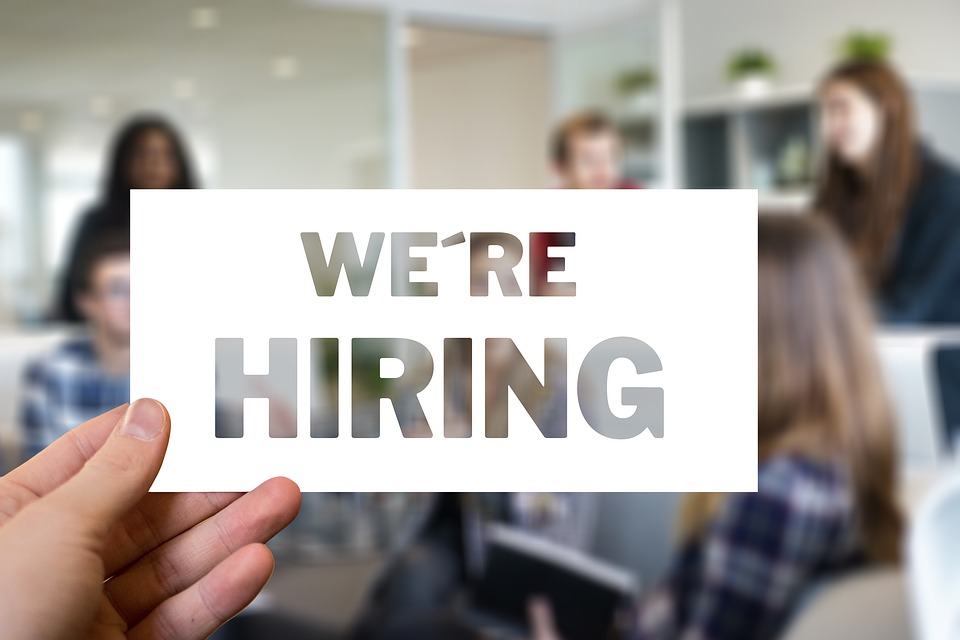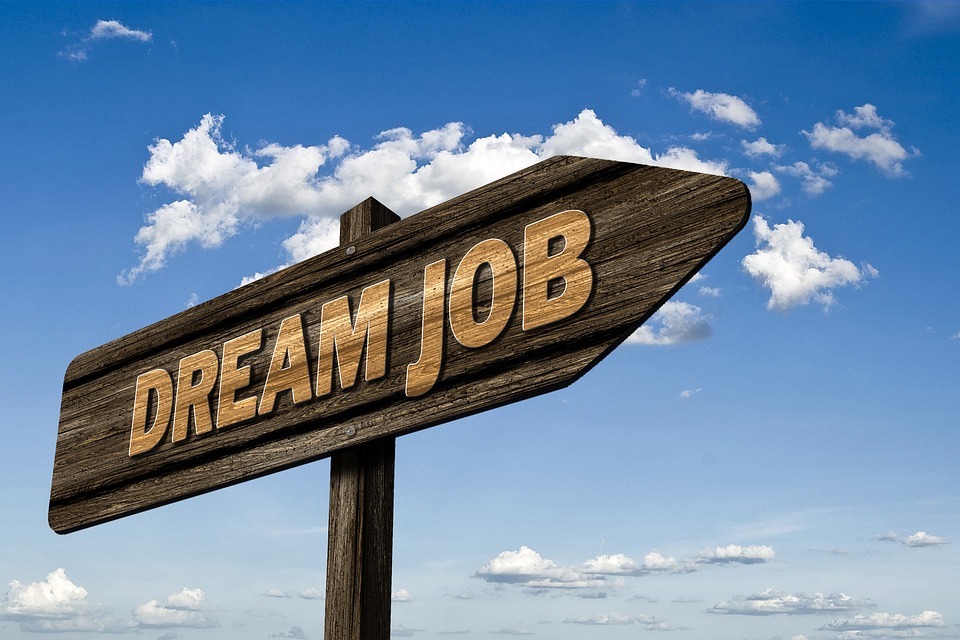I work with all types of organizations. While my main focus is small to medium sized companies, at least once a year I engage on a project with a larger organization. This enables me to update my knowledge about employee and leadership challenges and best practices in those environments so I can transfer those learnings to my work with smaller organizations.
I recently worked on a project where there was significant change occurring in the organization. Change can be difficult. Especially when those impacted by the change, e.g., employees during an organizational transition, don’t understand the reason for the change or how it will affect them. This lack of knowledge translates into fear: Will I still have a job? Will I have a new boss? How will our way of working change?
That fear often pushes people toward the exit. Better start looking for a new job now. Even those employees who decide to wait it out may be less motivated and engaged in their work as they worry about what’s to come. My main take-away from this recent project as well as my many years of experience helping clients big and small through change is communication and transparency are key!
Below are a few best practices to follow if you know your organization is planning to change, whether it’s at the departmental level or more broadly as part of a large company-wide initiative.
Communication Plan
Most effective organizational change efforts begin with having a solid communication plan. But the quality, delivery, and implementation of that plan can make all the difference in whether employees adapt to the change or not. This is especially true in today’s hybrid environment where it takes effort and intention to deliver the message in multiple ways. Without clear, frequent communication about what’s going on in the organization, employees may fill in the gaps with worst-case scenarios of their own.
Quality
Employees will most likely know something is up even before you announce the change. They’ve observed the closed-door meetings if working in the office. Even in remote working environments, employees will hear rumors from others. As soon as possible, communicate the impending change and the reasons for it. Provide as much information as you can and be honest about what you anticipate the journey to be like and any bumps you might encounter along the way (transparency). Encourage employees to ask questions. You won’t have all the answers but enabling two-way communication is a start in getting them onboard. Explain that you are sharing as much as you can/know at that point in time. Set (and fulfill) the expectation that you will keep them updated as things progress and change. Organizational transitions, especially mergers and acquisitions, can take a long time to complete. Many things can change during that period and employees need to be kept informed.
Delivery
Communication of the change should be delivered from the top down. The CEO or business owner should make the initial announcement to employees. Prior to this meeting all leaders should be briefed on the change and aligned with the messaging. As much as possible meetings regarding the change should be held in person or via virtual town halls, if working in a remote environment. What’s most important is a forum with opportunities for employees to ask questions. After meeting with employees, continue to update them in a variety of ways e.g., Slack, emails, blog posts in your company portal, etc. Make it easy for the employees to learn about the change and what to expect.
Implementation
Communicating change is not a one and done activity. Business conditions/environments can change at any time. The pandemic is a recent example of businesses having to pivot quickly and plans having to be altered. In the current business environment, the outcomes you initially anticipated as business leaders may change. The reduction in force you hoped to avoid may now be unavoidable. Without updates along the transition journey, employees will be relying on what they were initially told. Having those expectations suddenly altered will impair trust, impact engagement, and propel them toward the door. Repeating the message is key! It is more effective to communicate the message in multiple ways/methods and multiple times then to under communicate.
“Data shows that leaders are 9x more likely to be criticized for under-communicating than for over-communicating. Those who say too little come across as unclear and uncaring. When you’re tiring of your message, it’s just starting to land.” – Adam Grant
If you or someone you know is embarking on an organizational transition, I’d love to help. You can reach me at michelle@connecttohr.com.








 “Progress is impossible without change, and those who cannot change their minds cannot change anything.” – George Bernard Shaw
“Progress is impossible without change, and those who cannot change their minds cannot change anything.” – George Bernard Shaw


